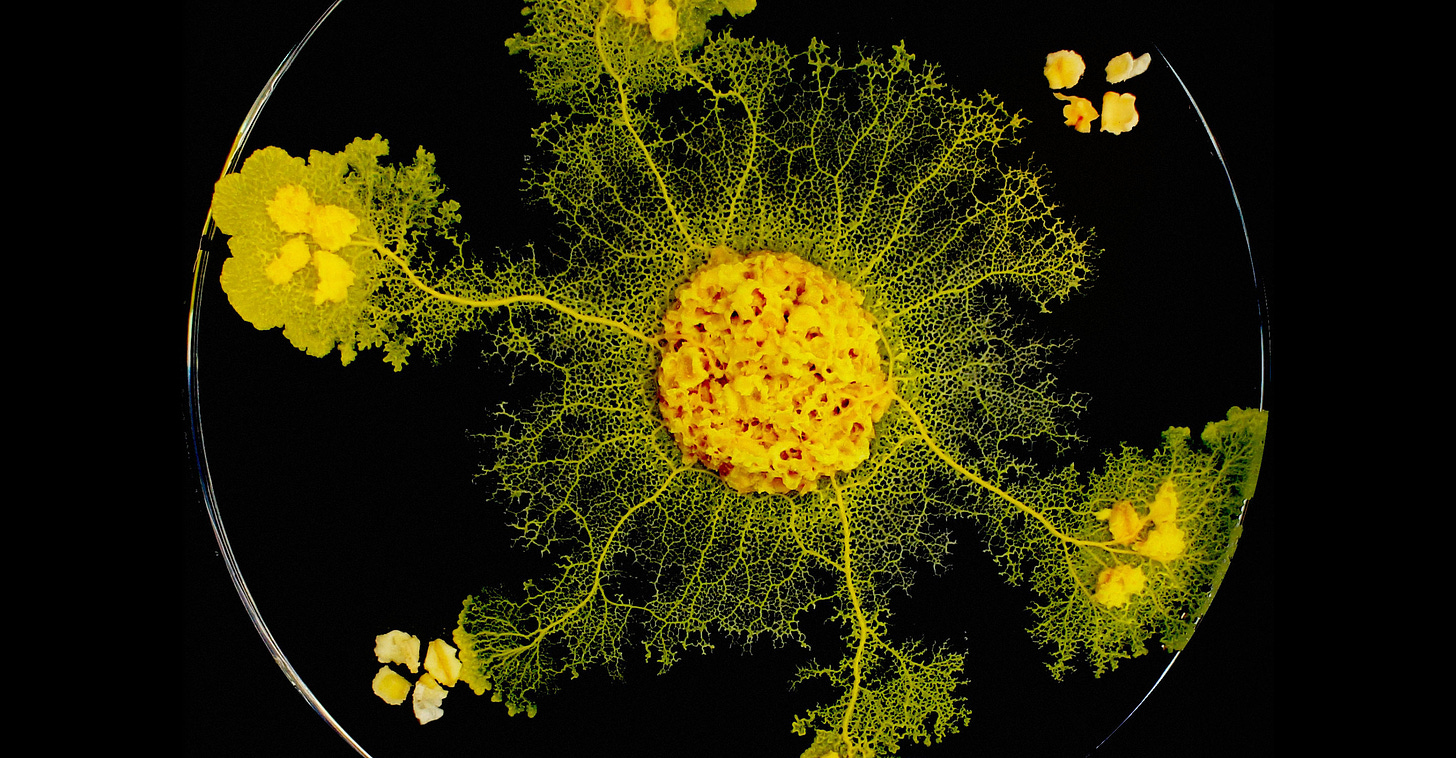Dear readers. The last edition was just released after the war in Ukraine started. The flow of the war is maybe different than expected in some parts, like the resistance and duration. On the other hand, patterns seem the same as earlier wars initiated by Putin, and also compared to the rituals of growing dictatorships. Some are predicting a long-lasting fight for dominance by democratic systems or dictatorial systems. We only can hope that France will not vote for a extremist new president in two weeks…
How does this all relate to the topic of this newsletter? I made the connection when thinking about one of the key elements of the explorations in Cities of Things: the agency balance. We see that part of our own agency is delegated to the intelligent systems, and that there is a shift happening toward technology as a partner above being a tool. A silent partner though, it is not always visible what is defining the help we get. There is a danger in that, linking it back to the balance between centralized and decentralized systems, between democratic and dictatorial systems. Even if we can resist that shift and if the war is not coming to our own country, we can expect more centralized ruled systems, as part of a warlike state of being. And in the end we are integrated in a geopolitical ecosystem that is already balancing value systems.
This is one of the drivers of Cities of Things; what is the impact on the agency of citizens in a future society where we are used to and depending upon the intelligent pal-tech, technology that we see as our friend in reaching our goals? It is not to say that this will turn out wrongly but we need to be aware and active in keeping the right balance. You could argue that the attention to Web3 and DAOs is part of a quest for a different model. Is this indeed the vibe shift people predict? The counterargument is that the new distributed systems demand a literacy that prevents a real bottom-up democratized system.
One of the possible routes to increase literacy is the design of the interactions with the technology. We now design robots, for example, as the tools that need to understand humans to operate. It makes sense to also think the other way: how can we design the interaction in such a way that the humans also need to understand the robot’s reasoning? MIT found out that theories of cognitive science and psychology are very helpful for that understanding.
“Instead, they suggest that researchers use theories from human concept learning to think about how people will use explanations, which are often generated by robots to clearly communicate the policies they use to make decisions. By providing a curriculum that helps the user understand what an explanation method means and when to use it, but also where it does not apply, they will develop a stronger understanding of a robot’s behavior” (Booth, 2022).
Another interesting direct form of challenging the way we use and treat our intelligent helper tools is a new concept of autonomous driving where autonomous driving is redesigned as a system that explains the decisions it will take; a self-driving car that explains itself.
It will be even more interesting if the nonhuman fellow citizens become more intelligent than the computing we have programmed. At the STRP festival in Eindhoven I saw James Bridle presenting his latest project Serverfarm that he is starting based on this different thinking: “this farm does not more than produce; it computes. Tree and crop, fungus and flower work together to answer questions we have yet to formulate.”
Slime molds have intelligence for example that can not only solve recognized hard problems relatively fast, it also is using a different way of reasoning that might be an inspiration for our computing too.

I have been diving into these relations with nonhuman entities before, and I am really looking forward to reading the new book by Bridle: Ways of Being – beyond human intelligence.
And to bring it home to the Cities of Things research themes; the core is the relationship we have with tech systems and vehicles we live together within the city. The design of the interactions and on a conceptual level, the relations humans and nonhumans build to live together in a balanced world. It is a defining lens on the design of intelligent platforms like we are now developing for the community hub with an initiating neighborhood engine that connects the neighborhood and stimulates the exchange of human capabilities.
This blog was sent before as a newsletter.
